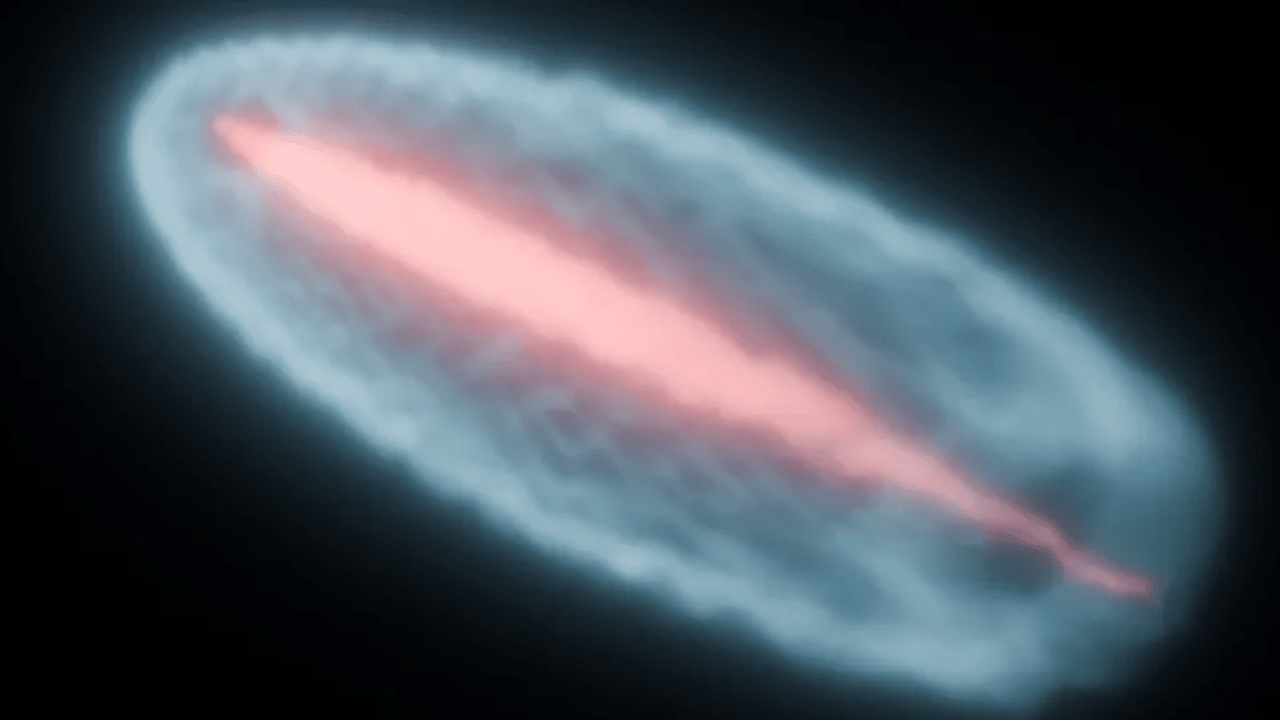New Delhi: Scientists have been able to recreate, in a revolutionary experiment, the so-called cosmic fireballs in the particle accelerator of CERN to examine some of the most extreme conditions of the universe. Scientists at the University of Oxford and at the Central Laser Facility in the UK employed the Super Proton Synchrotron in the HiRadMat center of CERN in creating beams of electrons and their anti-particles, positrons. These were shot by means of plasma to replicate the conditions in high-velocity cosmic jets in feeding supermassive black holes referred to as blazars.
The experiment is intended to address a long-standing mystery in the cosmos: the absence of low-energy gamma rays in the blazars in the universe that should come down as their higher-energy analogues arrive on the Earth. By recreating these conditions of high energy in the laboratory, it is hoped that scientists will gain a better insight into the creation and development of the magnetic fields in interstellar space.
What are Blazers?
Blazars are the galaxies which are energised with the assistance of the supermassive black holes and release potent jets of plasma at velocities nearly reaching the speed of light. When one of these jets is aimed directly at Earth, it is seen as a blazar, and the resulting radiations are a powerful burst of gamma rays, which telescopes detect. But eventually scientists have realised a strange absence of low-energy gamma rays that would simply be scattered by high-energy rays on their way through space, as they interact with the cosmic background light.
Re-creating the Universe in a lab
To experiment on what may be occurring to these missing gamma rays, the team led by Oxford simulated the space environment by passing electron-positron pairs through a metre-long plasma channel. The experiment was used to recreate the physics which is thought to take place in cosmic jets, such as the so-called current filamentation instability – a phenomenon which determines the dynamics of these high-energy beams in space. Astonishingly, the researchers established that the plasma beams were stable and homogeneous, exhibiting minimal evidence of perturbation and magnetic field creation.
Clues point to a relic magnetic field
It is possible that the results indicate that the instabilities of the plasma are not intense enough to cause the loss of the low-energy gamma rays. Rather, the results reinforce the theory that there may exist ancient relic magnetic fields between galaxies, which bend or scatter these rays so as to be out of view. The fact that this is possible creates new questions on how such magnetic fields are able to be formed in the early homogenous universe.
It was the first time that such so-called cosmic fireballs were reproduced in controlled conditions in a laboratory, which was published in PNAS on November 3. Scientists also believe that one day the answer to the question of how these mysterious intergalactic magnetic fields came to be can be discovered after experiments with the more advanced observatories such as the planned Cherenkov Telescope Array (CTAO).
Recreating relativistic plasma conditions in the laboratory will enable us to test processes that determine the evolution of cosmic jets and will allow us to understand the way magnetic fields form in the intergalactic space better, said Bob Bingham of the University of Strathclyde.
